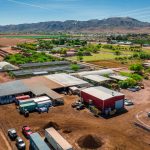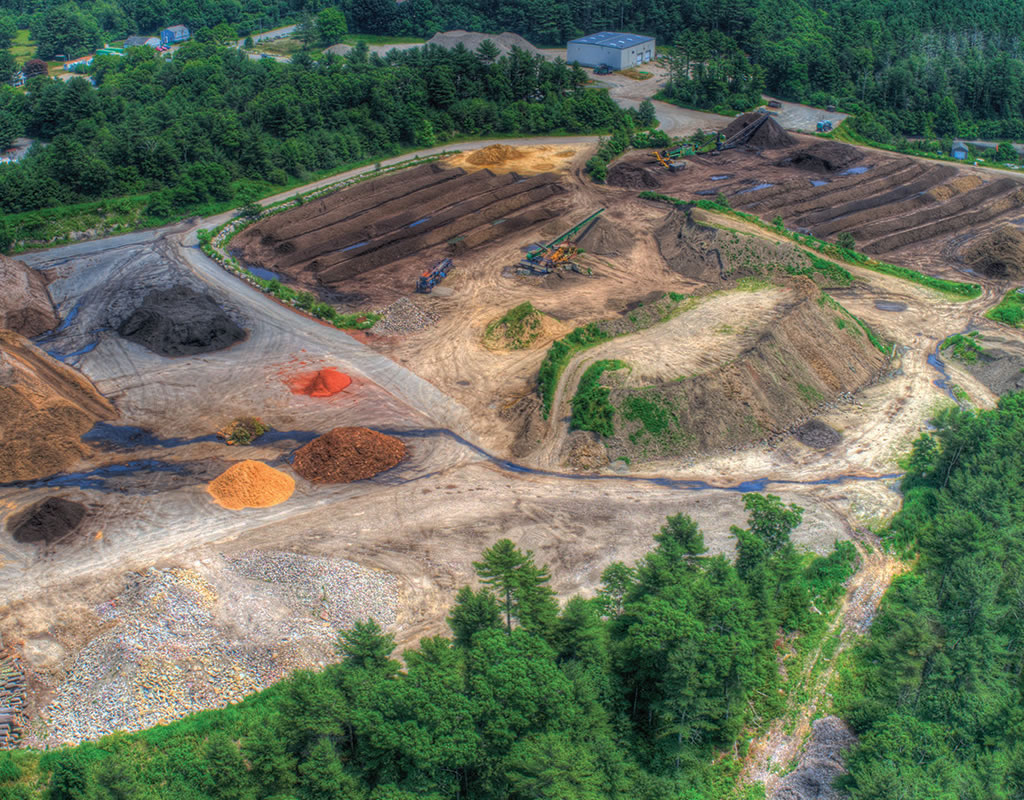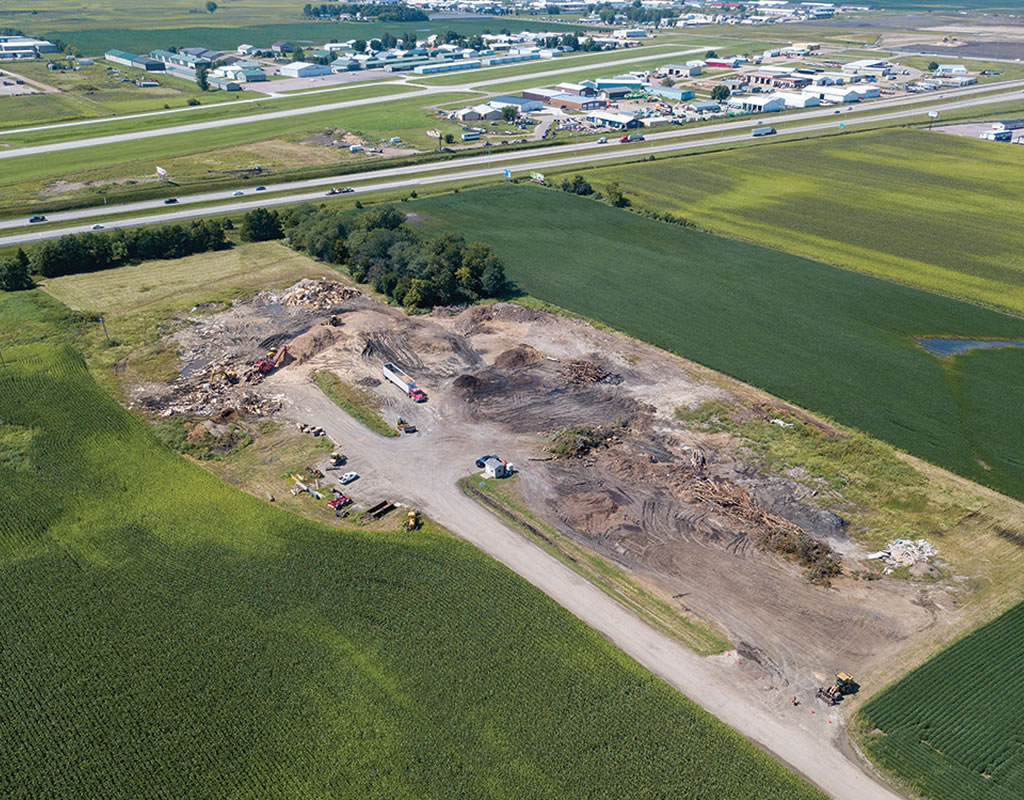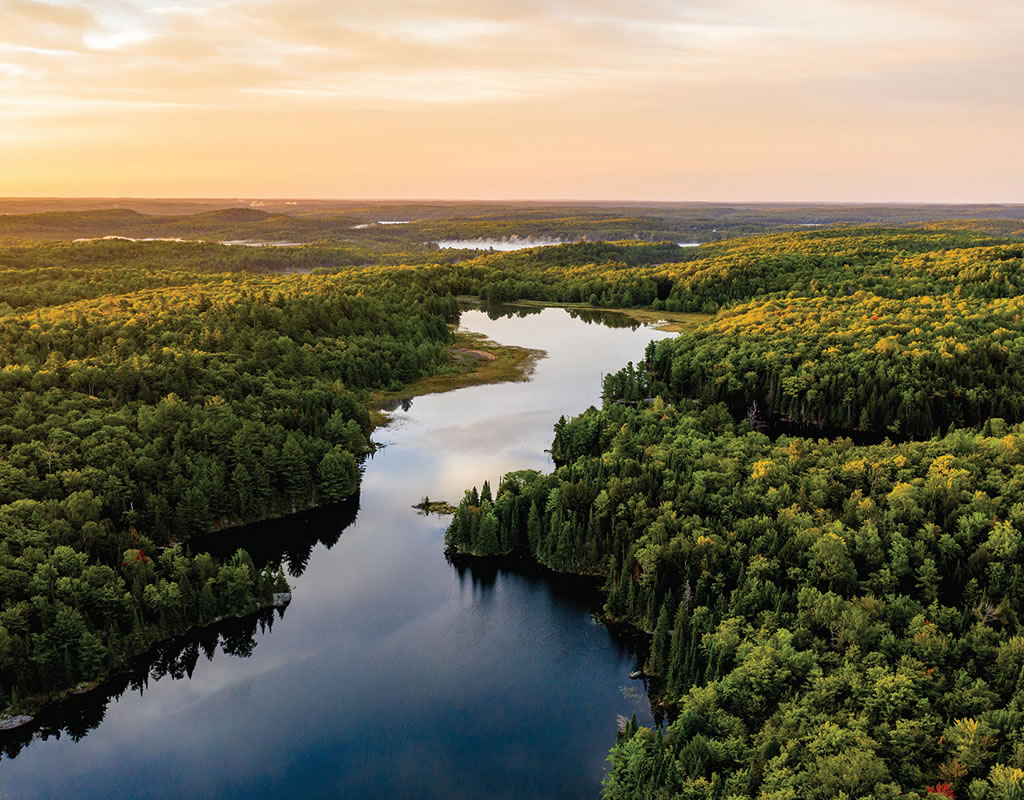By Ken McEntee
Almost three months after the Biden administration announced its final rule defining “Waters of the United States (WOTUS)” and how and which waters will be regulated by the federal government, a federal court in March blocked implementation of the rule in Texas and Idaho. However, Judge Jeffrey Brown, U.S. District Court, Southern Texas District, denied a nationwide injunction that was requested by 18 trade associations who were co-plaintiffs in a suit filed by Texas and later joined by Idaho.
The ruling came the day before the rule went into effect in the remaining 48 states. Separate suits that seek injunctions in other states remained open as of the time this article was written. Meanwhile, the U.S. Supreme Court is expected to rule on a current case — Sackett v. EPA — this summer. The Supreme Court ruling could make the other lawsuits moot, said Margaret Byfield, executive director of American Stewards for Liberty (ASL), in Georgetown, Texas.
“If that decision comes out and it's favorable to our position, which is less regulation, then that is going to trump all of this,” Byfield said. “The Supreme Court basically could wipe out the Biden rules. It could stop all of these other cases. There are a lot of pieces to the puzzle.”
Sackett, which was argued in October by the Pacific Legal Foundation (PLF), Sacramento, California, aims to clarify what constitutes navigable water and, thus, the scope of federal power over private property under the federal Clean Water Act (CWA), PLF said. The plaintiffs are Chantell and Mike Sackett, an Idaho couple who the U.S. EPA prohibited from building a home on their land after they obtained the necessary local permits.
EPA claimed the Sacketts’ construction violated the CWA because their property was a federally regulated “navigable water” over which the agency had legal authority. EPA claimed the Sacketts were unlawfully discharging fill dirt onto their land, which the agency claimed as federally protected wetlands. EPA threatened the couple with fines of tens of thousands of dollars per day if they continued to develop the property.
While the Sacketts disputed the claim, EPA provided them with no proof of any violation and no opportunity to contest its claims, PLF said. The case is now before the Supreme Court for the second time.
For landowners, the WOTUS battle with the federal government—specifically EPA and the U.S. Army Corps of Engineers—has been going on since the Obama administration.
“Successive presidential administrations have failed to craft a regulatory definition of ‘navigable waters’ that satisfies the requirements of the Clean Water Act and survives judicial review,” said Charles Yates, PLF attorney. “[The Biden administration’s] final rule represents the fourth time since 2015 that the EPA and the Army Corps have attempted to define that phrase.”
The Biden rule
EPA and the Army announced their “final rule” establishing a new definition of “waters of the United States” on December 30.
“The final rule restores essential water protections that were in place prior to 2015 under the Clean Water Act for traditional navigable waters, the territorial seas, and interstate waters as well as upstream water resources that significantly affect those waters,” EPA said.
The rule gives the federal government more control over private property than a rule implemented during the Trump administration’s, but is not quite as overreaching as the Obama administration’s rule that preceded the Trump rule, Byfield said.
“This is really extending the [federal government’s] overreach,” she said. “It's enabling the EPA to regulate water that common sense tells you is not navigable. The Clean Water Act says that the federal government can regulate navigable waters, and through this rule they've basically extended that definition to reach far inland. The way they have written [the rule], their definition is so vague that it gives federal agencies the ability to subjectively determine what a navigable water is and what applies under this rule. That opens the door for these decisions to be made from a political perspective rather than a common sense or science-based perspective. So because of that, everyone [land owners] has a bull’s-eye on their back.”
In December 2018, during the Trump administration, EPA and the Army proposed a rule that they said clarified federal authority under CWA.
“Unlike the Obama administration's 2015 WOTUS definition, the current proposal contains a straightforward definition that would result in significant cost savings, protect the nation’s navigable waters, help sustain economic growth and reduce barriers to business development,” EPA and the Army said in a statement.
Still, PLF said at the time, the rule didn’t go far enough to protect landowners from government overreach.
"The goal of Trump’s [executive order of February 2017] was to protect ordinary Americans engaged in routine activities on their property from being treated like industrial polluters under the Clean Water Act," the foundation said. “But [this] proposal fails to deliver on that promise. The proposal takes the obvious step to clarify that roadside ditches are not federal commercial waterways. But it still regulates small, intermittent or seasonal drainages on private property, even when that property is far removed from navigable waters. It also regulates wetlands no matter how small or distant from actually navigable rivers and lakes."
Under the latest rule, the federal government may regulate interstate waters regardless of their navigability.
Responding to the rule, PLF said the Sackett case “provides the Supreme Court an important opportunity to clarify and decisively end this continuous game of regulatory Ping-Pong.”
Before EPA and the Army issued its latest rule, PLF urged the administration to wait for the Supreme Court’s ruling in the Sackett case. The rule illustrates the importance of the Sackett case, Yates said.
“There is no reason to believe they have got it right this time,” he said. “The definition of Waters of the United States shifts with each new presidential administration, providing property owners with no long-term clarity. Absent definitive guidance from the Supreme Court, a lawful, workable and durable definition of ‘navigable waters’ will remain elusive.”
The new rule
Under the new rule, while certain features fall under federal government jurisdiction without need for analysis, other features are considered jurisdictional if certain criteria are met. The former category generally includes navigational waters and waters and wetlands connected to their tributaries.
The latter category may be jurisdictional depending on the results of site-specific analysis.
In the Texas case, Texas and Idaho argued that the rule will burden state agencies and violate state sovereignty.
They were joined in the suit by 18 trade organizations which asked for a national injunction against the implementation of the new rule:
- American Farm Bureau Federation
- American Petroleum Institute
- American Road and Transportation Builders Association
- Associated General Contractors of America
- Leading Builders of America
- Matagorda County, Texas Farm Bureau
- National Association of Home Builders
- National Association of REALTORS
- National Cattlemens Beef Association
- National Corn Growers Association
- National Mining Association
- National Multifamily Housing Council
- National Pork Producers Council
- National Stone, Sand and Gravel Association
- Public Lands Council
- Texas Farm Bureau
- U.S. Poultry and Egg Association
- National Apartment Association
The court granted the state injunctions but denied the national injunction requested by the trade associations.
The plaintiffs argued that the new WOTUS rule violates the U.S. Constitution in at least four ways:
- the Commerce Clause;
- the Tenth Amendment;
- the Due Process Clause; and
- the Non-Delegation Doctrine.
Byfield said the EPA overreach through the WOTUS rule is connected to the international 30x30 initiative for government control of 30 percent of the planet’s land and ocean area by 2030. In December, world leaders adopted the international Kunming-Montreal Global Biodiversity Framework that incorporates the 30x30 goals to place in permanent protection at least 30 percent of the world’s lands, oceans and, for the first time, inland waters, by the year 2030, ASL said. The program was adopted by the Biden administration through Executive Order 14008, “Tackling the Climate Crisis at Home and Abroad,” which was signed on January 27, 2021, ASL said.
“The United States was not a signatory to the Montreal document because in 1992, the U.S. Senate refused to adopt its predecessor, known as the United Nation’s Biodiversity Treaty,” ASL said. “The treaty was literally on the Senate floor, ready for a final vote, when then Sen. Kay Bailey Hutchinson (R-Texas) brought forward secret maps that showed the massive amounts of American land they intended to remove from all human use and ownership.”
According to Byfield, “To control property, [government] also has to control the water—particularly in the west because that's dry arable land. In the West, it's more important to own the water than the land because water is the most important resource. If you own the water, you control the land.”
Related News
Subscribe Today
Every other month, Soil & Mulch Producer
News brings you important stories about:
• New Technology
• Products
• Industry News
• Research Studies
Soil & Mulch Producer News features articles and services relevant to your daily operations.











